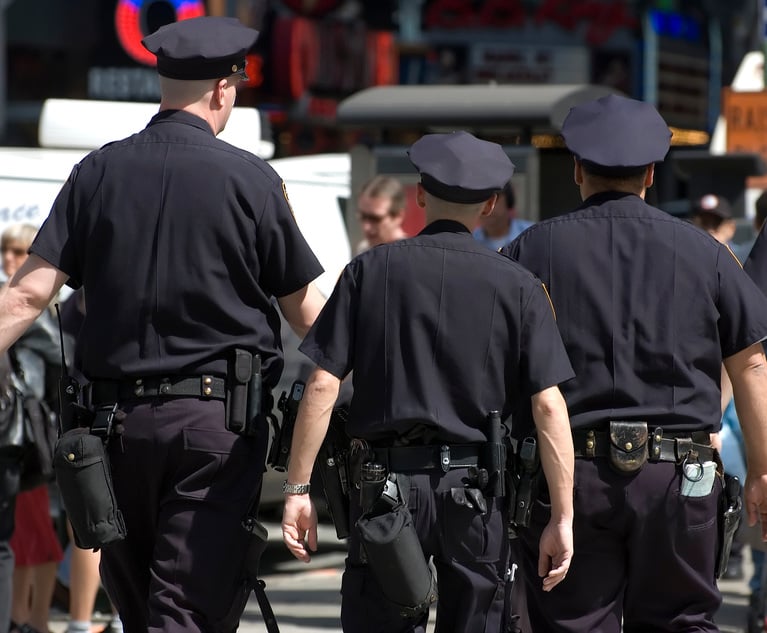Two federal appellate courts considered whether plaintiffs had garnered sufficient circumstantial evidence—including discussions among competitors—to present antitrust conspiracy claims to a jury. In one case, the U.S. Court of Appeals for the Second Circuit affirmed summary judgment for magazine publishers accused of orchestrating a group boycott in response to a wholesaler’s announcement of new pricing terms. In another case, the U.S. Court of Appeals for the Seventh Circuit affirmed summary judgment for containerboard manufacturers alleged to have agreed to fix prices. In both cases, the courts of appeals decided that despite the presence of frequent communications among rivals and some parallel conduct, there was not enough evidence of a conspiracy to proceed to trial.
The cases turn on the essential requirement that an agreement must be proven to find a violation of §1 of the Sherman Act, which prohibits every “contract, combination … or conspiracy, in restraint of trade.” In the absence of direct evidence, such as a confession or a “smoking gun,” plaintiffs must assemble circumstantial evidence that supports an inference of an agreement. That task is advisedly difficult because the commercial conduct at issue in many antitrust cases could be in the independent, non-collusive interest of each business. For example, each business may prefer not to deal with a distributor that seeks to impose costlier terms. A group boycott may not be necessary for rival businesses to decide, independently, not to deal with the distributor. In some concentrated markets, businesses have an economic incentive to attempt a price hike on their own, as long as they can retreat quickly without losing market share if others do not follow or market forces reject the increase. And distinguishing collusion from mere competitor communications is central to §1 analysis, as information exchanges are often benign or even procompetitive. To avoid deterring or penalizing legitimate and procompetitive conduct, antitrust jurisprudence requires that a plaintiff present evidence that “tends to exclude the possibility” of independent behavior.


 Elai Katz
Elai Katz




